Peace interaction with U.S. studentsDifferences leave strong impression
The junior writers were able to realize an exchange of views, mainly on the atomic bombing and peace, across the Pacific Ocean. Via teleconferencing through the Internet, we held a discussion with students enrolled in a peace studies class at the University of Mount Union in the U.S. state of Ohio.
The idea for this interchange was conceived by Kyoko Niiyama, 22, a senior at the university and a former junior writer for Peace Seeds. College students in the United States are largely unfamiliar with the atomic bombing while the junior writers are unaware of how the atomic bombing of Hiroshima is seen overseas. With our faces appearing on each other窶冱 computers, we shared our impressions of a film about the atomic bombing and discussed our impressions of photos we took to convey the idea of peace.
We not only learned about the thinking and culture of Americans, we also realized that there are things we don窶冲 know well about our own country. This experience will no doubt be useful to us in our future activities for Peace Seeds.
| FILM | 窶弋he Mushroom Club窶・depicts A-bomb survivors |
 | U.S. textbook provides little detail of the bombing |  | Create a world where armies aren't needed |
 |
| Students of Mount Union University speak to the junior writers appearing on their computer screen. |
Before we came together over the Internet, each group separately watched "The Mushroom Club," a short film which seeks to hand down the experiences of A-bomb survivors in Hiroshima. Then, in our discussion, we shared our impressions and opinions and spoke about the atomic bombing, war, and military forces.
 |
| Junior writers face their web camera while showing photos to the American students. |
Ashley Beck, 21, said, "My textbook didn't really describe what happened in the city as a result of the atomic bomb being dropped on Hiroshima. I learned about that through the film." Kana Kumagai, 17, expressed her strong concern that "young people are becoming less interested in the atomic bombing at the same time that the number of A-bomb survivors is dwindling." On the other hand, Arisa Shiromoto, 15, said, "I don't if it's true that young people in Hiroshima are unaware of the atomic bombing. Although they may spend time playing games in an arcade, their minds do turn to the bombing sometimes."
On the subject of the U.S. military, Aria Mirabile, 21, explained, "America's nuclear weapons, and its powerful army, are how the nation shows its strength and protects itself." In response, Nene Takahashi, 16, made the appeal: "We need to build a world where armies are no longer needed."
We also put our heads together in regard to what Japanese and American youth can do to promote peace. John Simpson, 20, suggested that "It's important to learn the real history we can't get from the media and from textbooks." And Ashley said, 窶廰et's exchange the student newspaper at our university with the articles you write about peace in Peace Seeds," a suggestion met with agreement by the junior writers.
|
The Mushroom Club "The Mushroom Club" is a 35-minute documentary film about A-bomb survivors in Hiroshima. It shares the stories of such survivors as the well-known manga artist Keiji Nakazawa, the author of the "Barefoot Gen" series; patients with A-bomb microcephaly who were exposed to the atomic bomb while in the womb; and an A-bomb survivor who runs an okonomiyaki restaurant. The film also shows young people with little interest in the atomic bombing, and warns that the public's awareness of the A-bomb experience is fading. |
| PHOTO |  Photos on the theme of "peace" Photos on the theme of "peace"  |
With "peace" as the theme, the students of each group took photos seeking to convey that idea. The American students shared 15 photos while the junior writers had 16, and the groups then offered impressions. On one hand, the photos revealed to us some differences in customs and culture, but on the other hand, we found common ground in the fact that we all feel a sense of peace in the time we spend with family and friends. (Click to enlarge the photos.)
 |
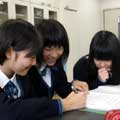 |
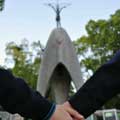 |
 |
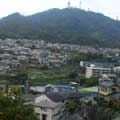 |
 |
 |
 |
 |
 |
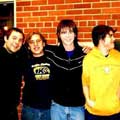 |
 |
 |
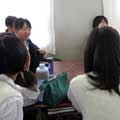 |
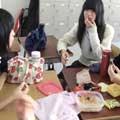 |
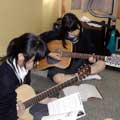 |
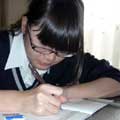 |
 |
 |
 |
 |
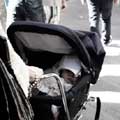 |
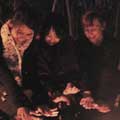 |
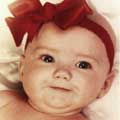 |
 |
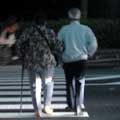 |
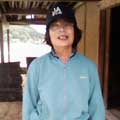 |
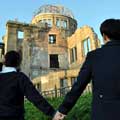 |
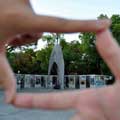 |
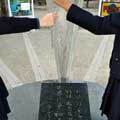 |
 |
| IMPRESSIONS |  |
Cultural differences are felt |
 |
Shared viewpoint can help foster peace |
Through this two-way interaction, Kana came away "surprised that the American students only knew the basic fact that the United States dropped the atomic bombs." Meanwhile, Nene was shocked that the American students weren't aware of the existence of U.S. bases in Japan. At the same time, she felt ashamed about not really knowing what Japan is doing in other nations.
On the Japanese side, Kana points out the importance of deepening knowledge about the United States and other nations. In the discussion, John had said, "I want my starting point to be an accurate understanding of history." With a similar sentiment, Junichi Akiyama commented, "By learning the facts, we can then come up with effective actions for peace and then pursue them."
About the "peace" photos, Ashley found: "Our photos show only one person or a few people, but the photos taken by the junior writers have groups of people, such as family members or friends." In this way, she recognized the cultural difference between the two countries, with an emphasis on the individual in America and an emphasis on the group in Japan. However, Yuka Iguchi, 15, said, 窶彝egardless of these differences between the two countries, we both express "peace" in photos that show us smiling with our friends and families." Sayaka offered that "Sharing the same point of view can be the foundation for realizing a more peaceful world."
| REPORT | American students hold festival, make paper cranes |

The students of the University of Mount Union held a "Peace Festival" on December 8 at the university as a culmination of their class. In this event they reported on their interaction with the junior writers from Hiroshima and shared their thoughts on peace with about 30 students and faculty.
They spoke about why they took part in the discussion with the Japanese students and showed slides of the 窶徘eace窶・photos taken by the two groups. They also recounted the story of Sadako Sasaki, a girl who died of leukemia wrought by the atomic bombing, and her paper cranes. At the end of the festival, the participants all folded paper cranes to be sent to Hiroshima with their wishes for peace.
Through this cross-cultural interaction, the students enrolled in the peace studies class learned the importance of helping to make a more peaceful world. "I'd like to become a journalist to advance peace in the world," Ashley said. And like Aria, who hopes to be a photographer and said, "I want to take photos related to peace," they all came to ponder how they might make efforts for peace in the future. (Kyoko Niiyama)
|
Junior writers Sayaka Azechi, 17, Kana Kumagai, 17, Junichi Akiyama, 15, Yuka Iguchi, 15, Arisa Shiromoto, 15, Nene Takahashi, 16
Students of University of Mount Union seniors: Aria Mirabile, 21, Kamiren Veisz, 21, Ashley Beck, 21, Kyoko Niiyama, 22
sophomore: John Simpson, 20 |

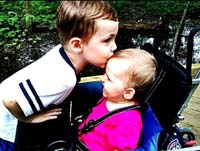
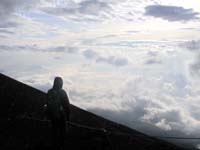

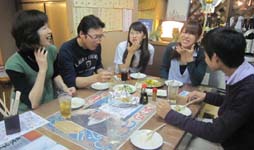
 List of participants
List of participants